France’s countryside sparkles with dozens of small towns that look like they’ve been plucked from fairy tale illustrations and scattered across rolling hills, dramatic coastlines, and sun-drenched valleys. These charming destinations offer everything that makes France irresistible—incredible food, stunning architecture, and that unmistakable joie de vivre—without the crowds and chaos of major cities.
Each town tells its own story through cobblestone streets, ancient churches, and local markets where traditions stretch back centuries. Here is a list of 20 beautiful small towns to visit in France that showcase the country’s diverse regions and timeless appeal.
Annecy in Haute-Savoie
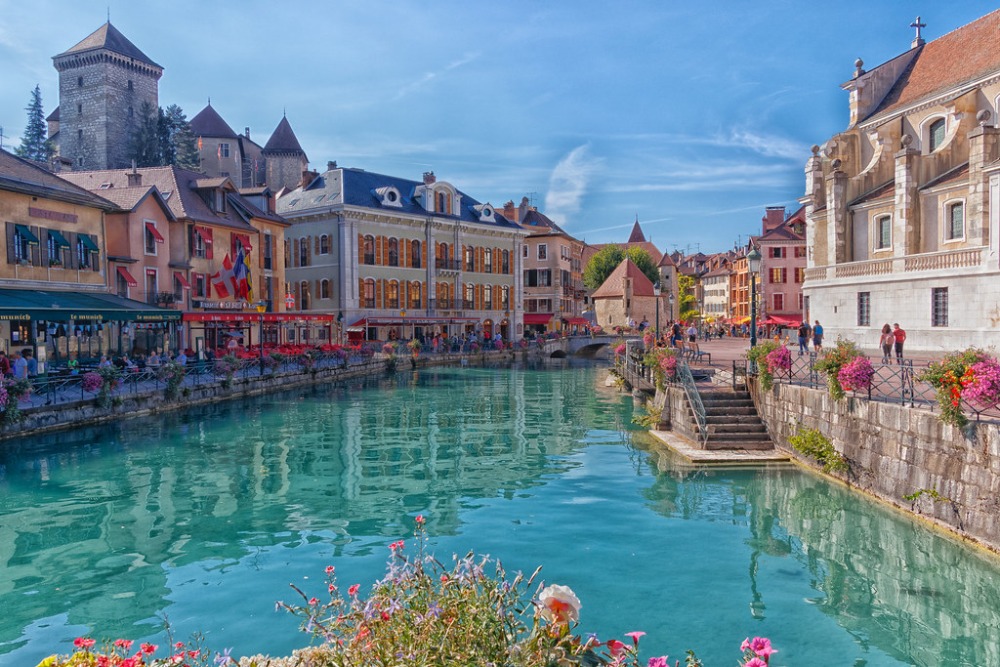
This Alpine gem sits beside crystal-clear Lake Annecy, earning its nickname as the ‘Venice of the Alps’ thanks to canals that weave through its medieval old town. Colorful houses line the waterways while flower boxes cascade from every window, creating picture-perfect scenes that change with the mountain light throughout the day.
The town serves as an ideal base for exploring the French Alps while offering lakeside beaches and boat rentals during warmer months.
Colmar in Alsace
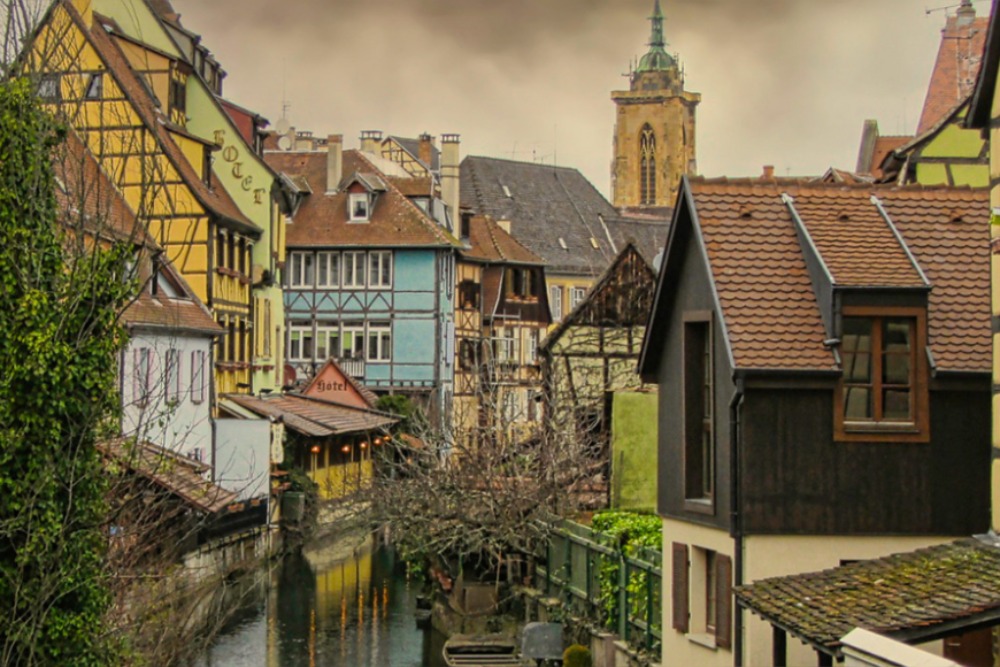
Colmar’s half-timbered houses painted in candy colors create one of France’s most photographed streetscapes, particularly in the enchanting Little Venice district, where canals reflect centuries-old architecture. The town’s German influences show in everything from its Christmas markets to its world-renowned Riesling wines, making it feel like a delightful cultural bridge between France and Germany.
Local restaurants serve hearty Alsatian specialties like choucroute and tarte flambée that pair perfectly with wines from surrounding vineyards.
Like Travel Pug’s content? Follow us on MSN.
Saint-Émilion in Nouvelle-Aquitaine
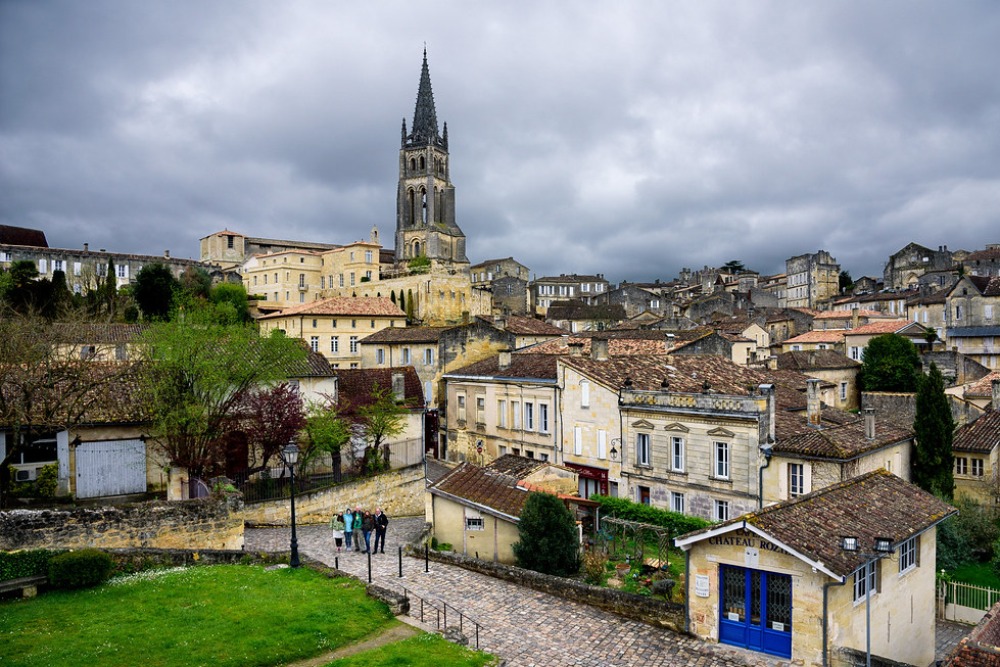
This UNESCO World Heritage Site perches on a limestone plateau surrounded by some of Bordeaux’s most prestigious vineyards, making it a pilgrimage destination for wine enthusiasts worldwide. Medieval ramparts encircle narrow streets lined with wine shops, restaurants, and cellars carved directly into the limestone beneath the town.
The monolithic church, literally carved from a single piece of limestone, demonstrates the extraordinary craftsmanship that defines this remarkable wine-making community.
Gordes in Provence
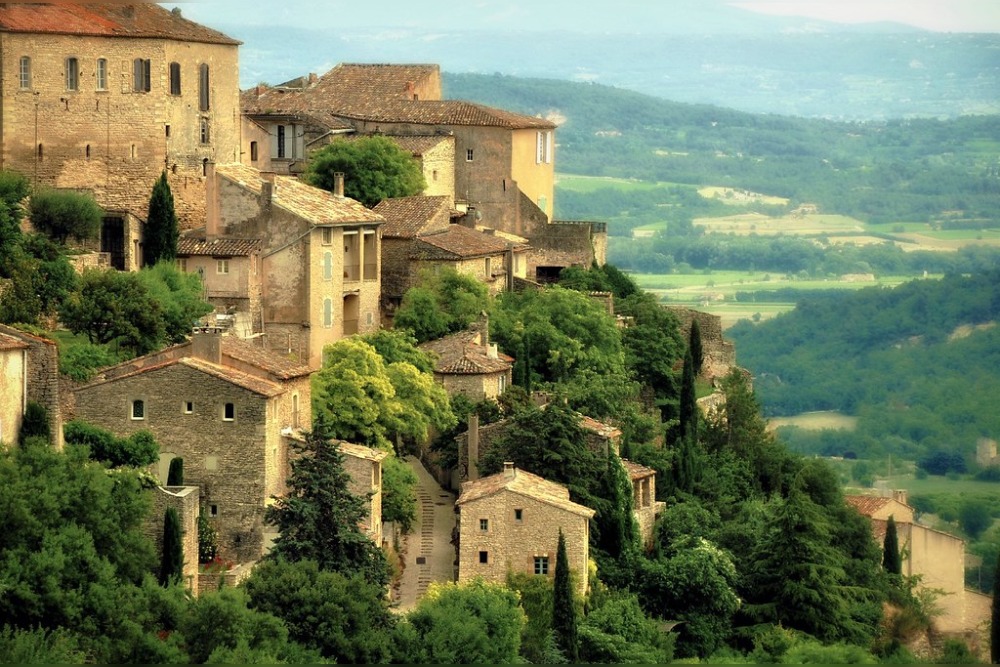
This hilltop village cascades down a rocky outcrop in the Luberon mountains, its honey-colored stone houses blending seamlessly with the surrounding landscape like a natural extension of the hillside itself. Lavender fields stretch in purple waves around the town during summer months, while ancient dry-stone walls create terraced gardens that have shaped the Provençal countryside for generations.
The weekly market fills the town center with local produce, artisanal crafts, and the kind of authentic Provençal atmosphere that draws visitors from around the world.
Honfleur in Normandy
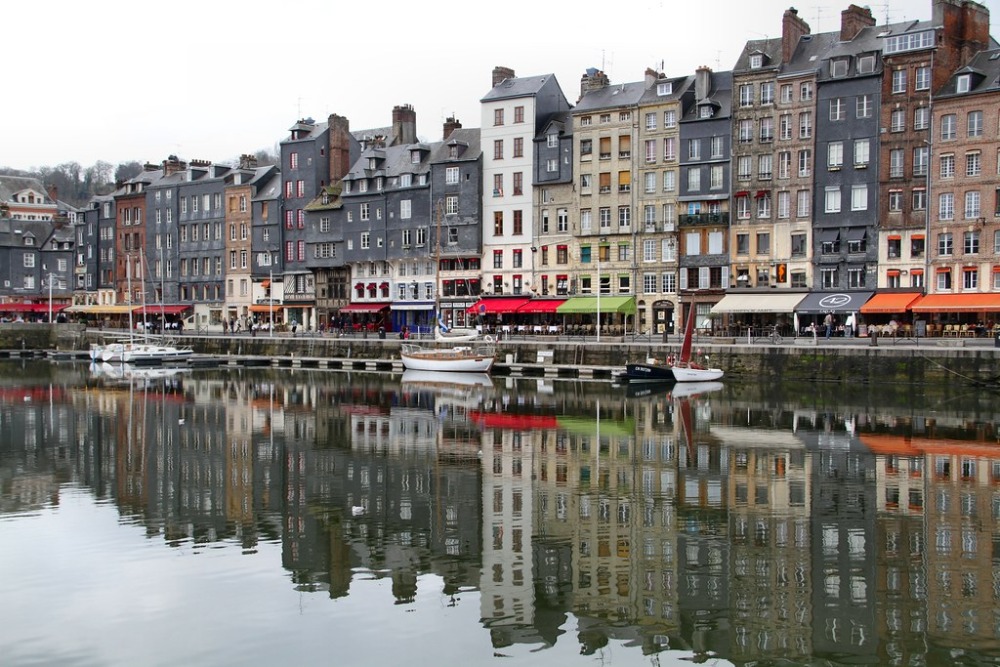
This historic port town charms visitors with its picture-perfect harbor, where tall, narrow houses in slate and timber reflect in calm waters that have inspired countless artists over the centuries. The old harbor area buzzes with seafood restaurants, art galleries, and cafés where you can watch fishing boats return with daily catches while enjoying fresh oysters and local cider.
Honfleur’s maritime heritage comes alive in its wooden church, built by shipbuilders, and its cobblestone streets that lead from the harbor to hilltop viewpoints.
Like Travel Pug’s content? Follow us on MSN.
Riquewihr in Alsace
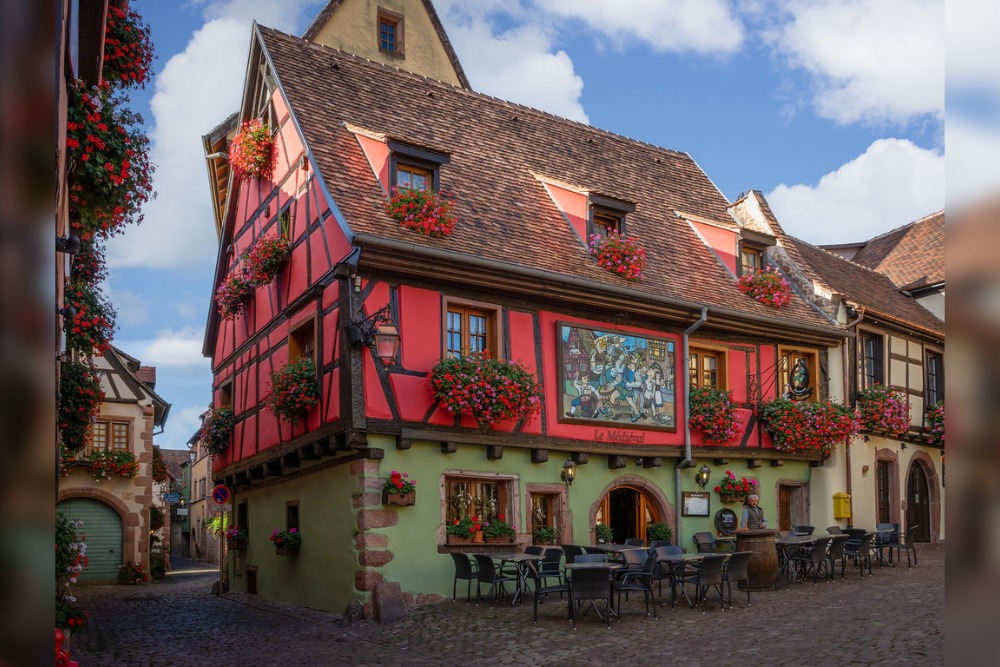
This fortified medieval town maintains its 16th-century appearance so perfectly that it feels like stepping into a living museum where every building tells stories of Alsatian wine-making traditions. Cobblestone streets wind between colorful half-timbered houses while wine cellars beneath the town store vintages that reflect centuries of viticultural expertise.
The town’s Christmas market transforms winter visits into magical experiences, while summer brings wine festivals that celebrate the region’s exceptional Gewürztraminer and Riesling productions.
Roussillon in Provence
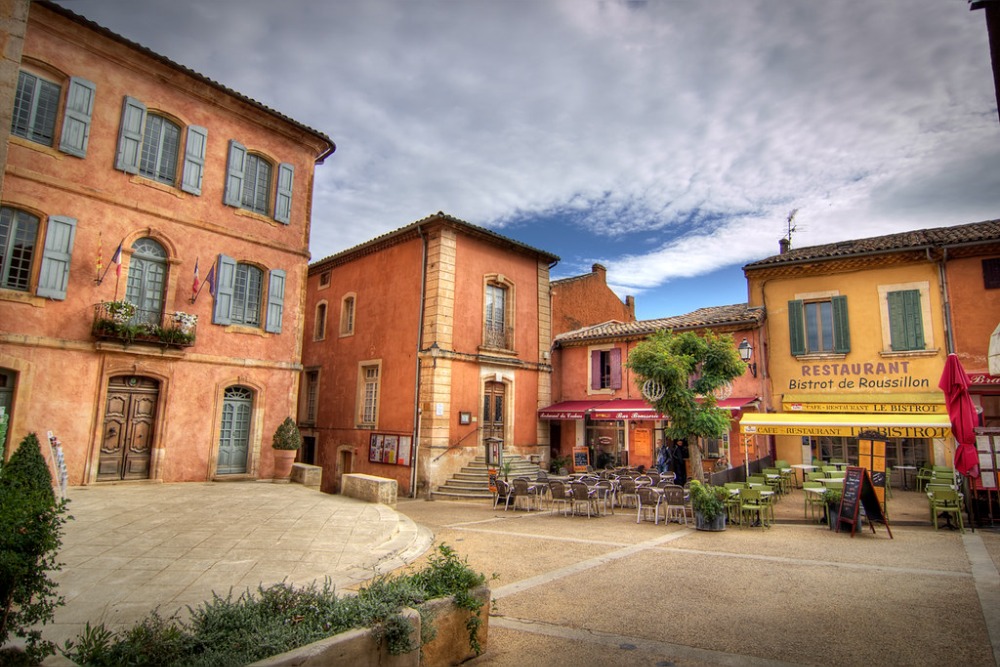
Built on one of the world’s largest ochre deposits, Roussillon glows in shades of red, orange, and yellow that change throughout the day as sunlight plays across its unique architecture. The town’s houses blend into cliffs of the same mineral-rich earth, creating a harmonious relationship between human settlement and natural landscape that feels almost otherworldly.
Walking trails through the ochre quarries provide stunning photo opportunities while revealing the geological forces that created this remarkable color palette.
Cassis in Provence
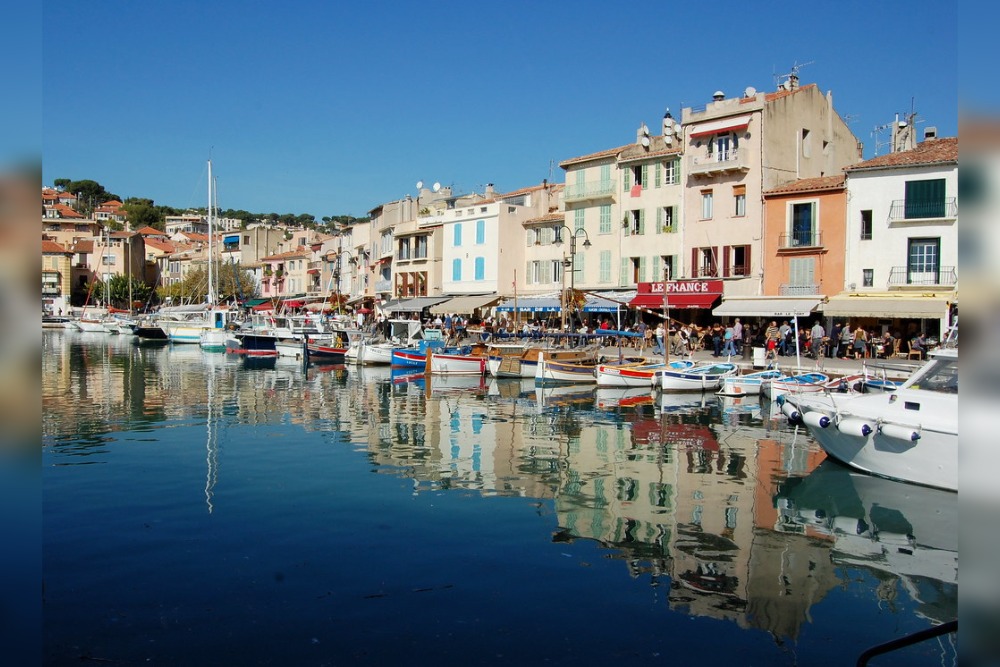
This Mediterranean fishing village nestles between towering white limestone cliffs and azure waters, offering some of France’s most dramatic coastal scenery just 12 miles from Marseille. The harbor fills with traditional pointu fishing boats while waterfront restaurants serve bouillabaisse and fresh seafood with local Cassis white wines that pair perfectly with the maritime setting.
Boat trips to the famous Calanques reveal hidden coves and pristine beaches accessible only from the water, making Cassis an ideal base for coastal exploration.
Like Travel Pug’s content? Follow us on MSN.
Eguisheim in Alsace
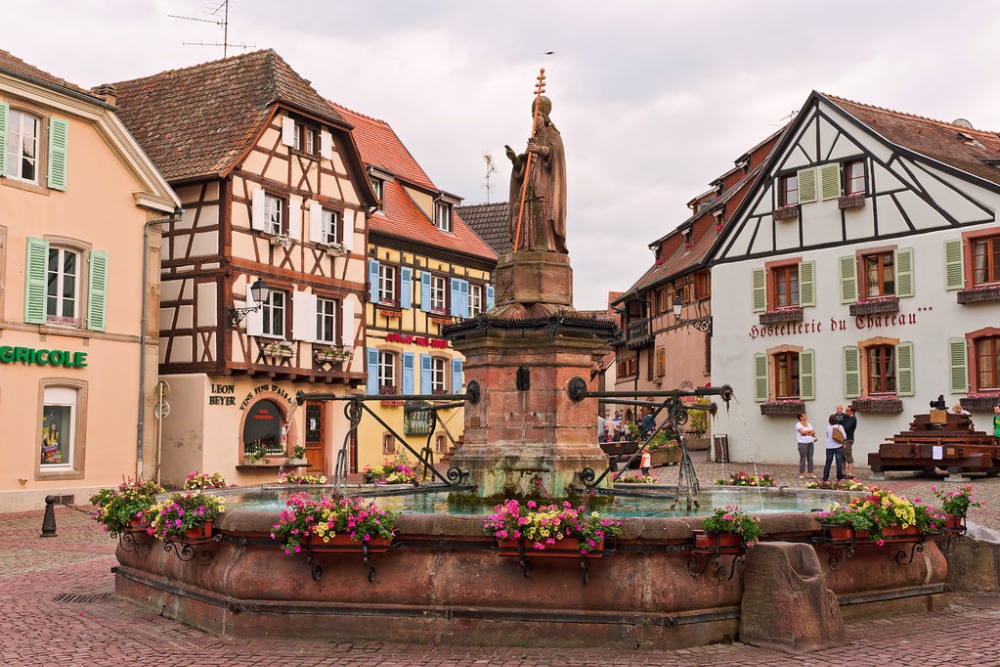
This circular village radiates outward from its medieval castle ruins, with concentric streets lined by flower-adorned houses that create one of France’s most harmonious architectural ensembles. The town’s wine-making heritage spans over a thousand years, with family cellars offering tastings of grand cru wines that reflect the unique terroir of surrounding hillside vineyards.
Eguisheim’s compact size makes it perfect for strolls where every corner reveals new photographic opportunities and charming architectural details.
Rocamadour in Occitanie
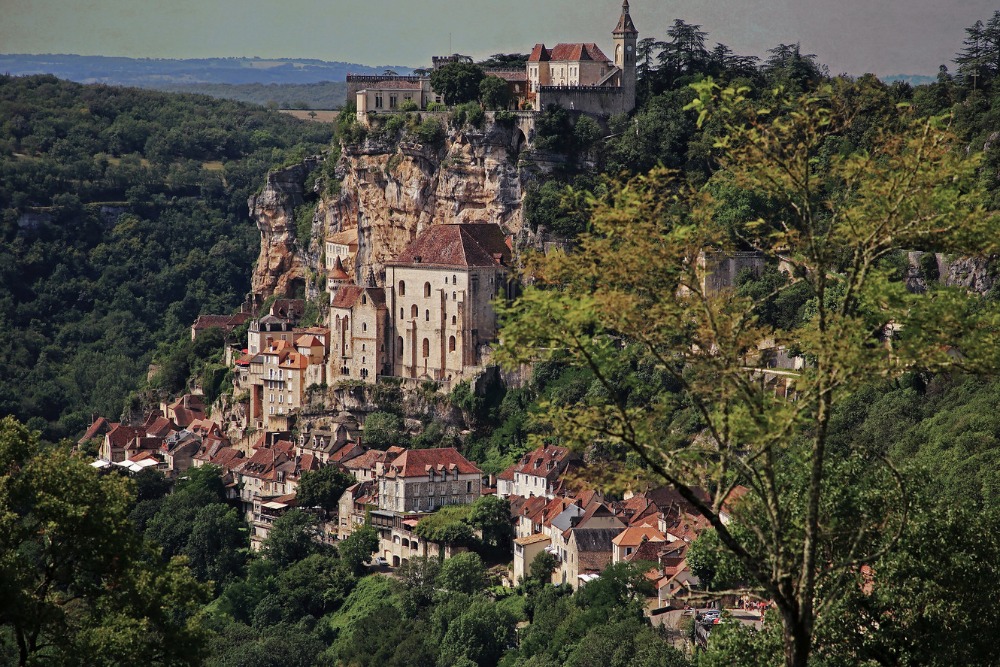
This gravity-defying village clings to a cliff face above the Alzou River canyon, its buildings stacked vertically in tiers that culminate at a sacred chapel that has drawn pilgrims for nearly a millennium. The town’s dramatic setting creates breathtaking views at every level, from the valley floor to the castle ramparts that crown the rocky outcrop 500 feet above the river.
Rocamadour’s spiritual significance combines with its architectural marvel to create an unforgettable destination where history and natural beauty intersect dramatically.
Moustiers-Sainte-Marie in Provence
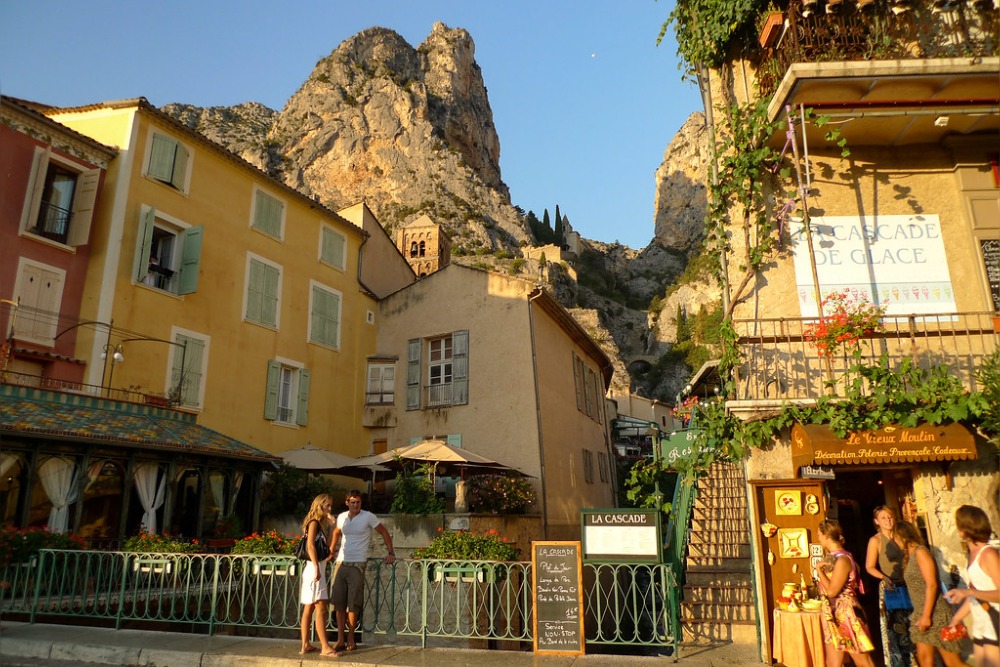
This cliffside village in the Verdon region sits dramatically between two rock faces connected by a golden star suspended on chains, creating one of Provence’s most iconic images. The town’s famous faience pottery tradition continues in workshops where artisans create hand-painted ceramics using techniques refined over three centuries.
Hiking trails lead from the village into the spectacular Verdon Gorge, while the town’s restaurants serve Provençal specialties with stunning mountain views.
Like Travel Pug’s content? Follow us on MSN.
Conques in Occitanie
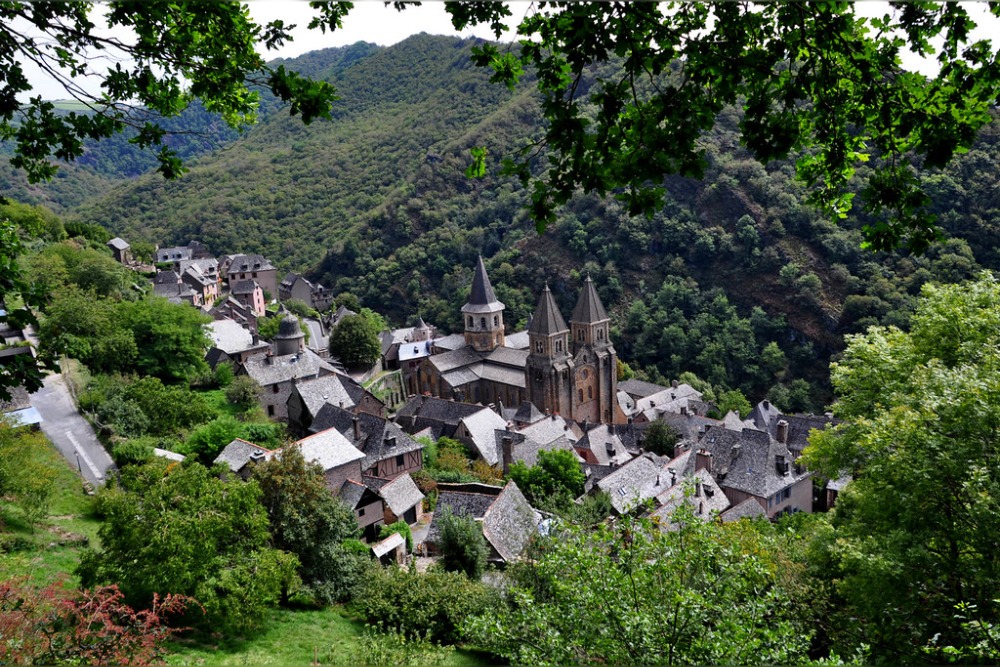
This medieval pilgrimage stops on the Camino de Santiago preserves its ancient character through golden sandstone architecture and narrow streets that have welcomed travelers for over a thousand years. The abbey’s magnificent tympanum depicts the Last Judgment in stone carvings so detailed that they serve as medieval comic books telling biblical stories to generations of pilgrims.
Modern visitors find the same sense of spiritual renewal that drew medieval travelers, enhanced by local restaurants serving regional specialties and comfortable accommodations.
Kaysersberg in Alsace
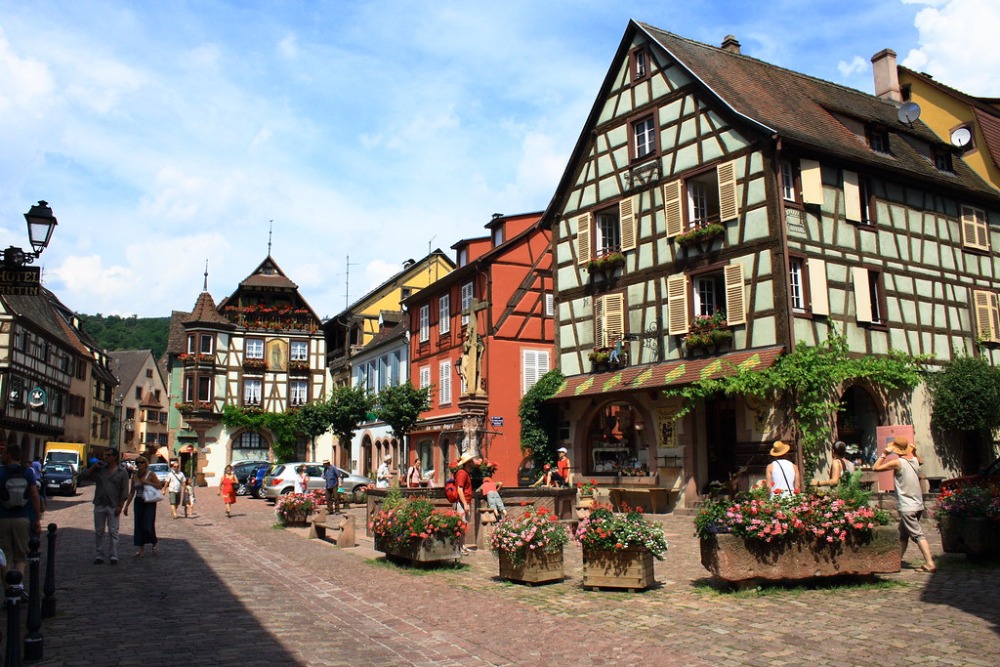
This wine village combines Alsatian charm with remarkable historical preservation, featuring a fortified bridge, medieval castle ruins, and half-timbered houses that create picture-perfect streetscapes. The town’s wine cellars offer tastings of exceptional Pinot Gris and Gewürztraminer while local restaurants serve traditional Alsatian cuisine in settings that feel authentically medieval.
Christmas markets transform Kaysersberg into a winter wonderland, while summer brings wine festivals that celebrate the region’s viticultural excellence.
Les Baux-de-Provence in Provence
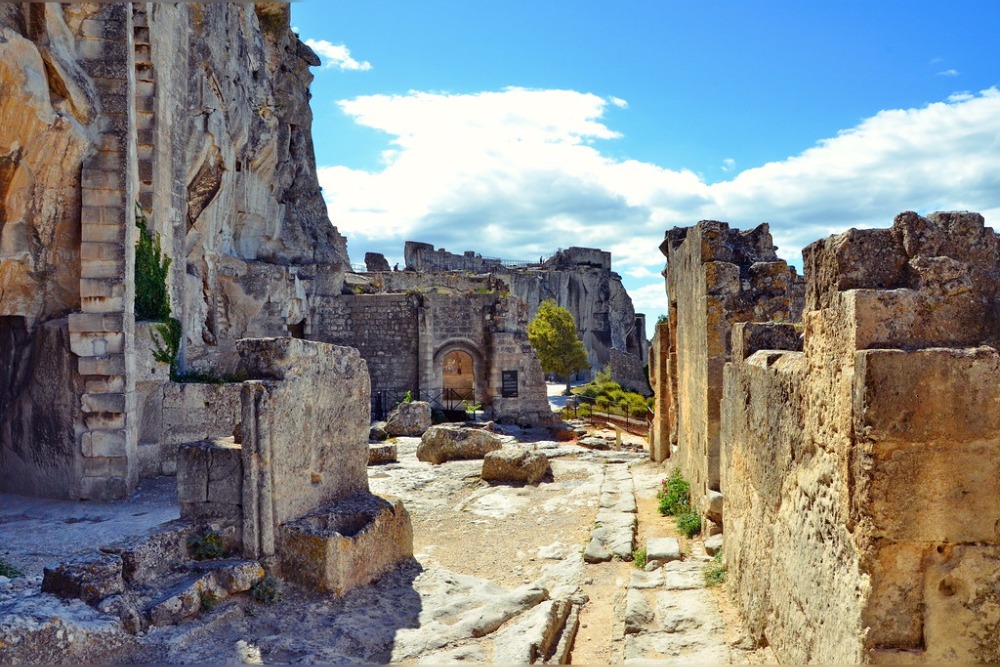
This ancient fortress village crowns a rocky plateau in the Alpilles mountains, offering panoramic views across olive groves and lavender fields that stretch to the Mediterranean horizon. The medieval ruins blend seamlessly with living rock, creating a dramatic setting where history and geology merge spectacularly.
Art galleries, restaurants, and boutique shops occupy restored buildings while the castle ruins provide insights into medieval life and stunning photo opportunities.
Like Travel Pug’s content? Follow us on MSN.
Amboise in Centre-Val de Loire
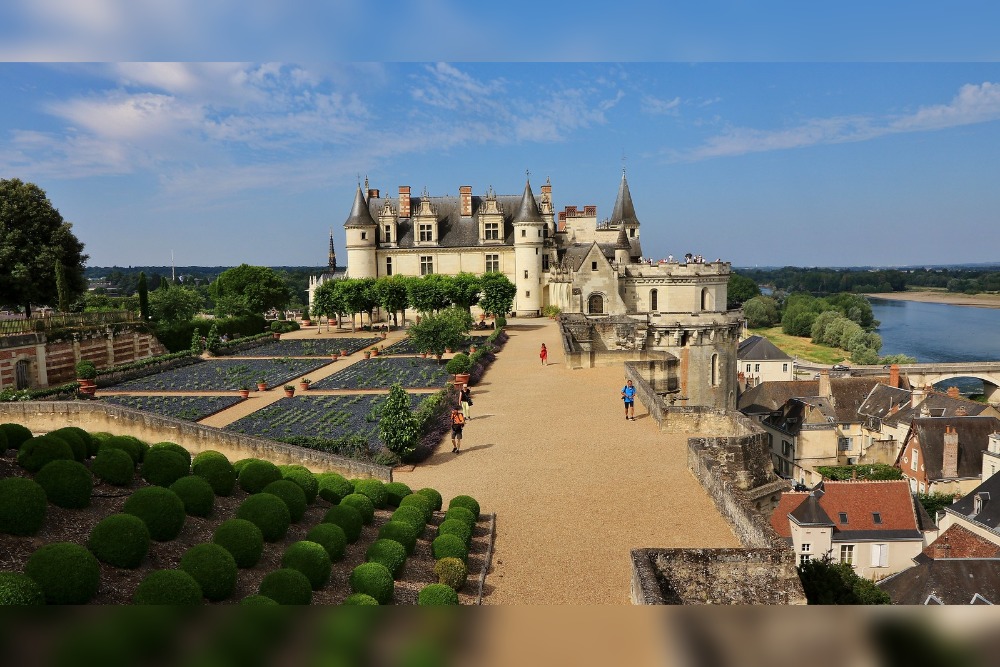
This Loire Valley town combines royal history with small-town charm, featuring a magnificent château that overlooks the river where Leonardo da Vinci spent his final years creating masterpieces. The weekly market fills the town center with local produce, artisanal goods, and regional specialties while riverside walks provide peaceful escapes with stunning château views.
Amboise serves as an excellent base for exploring Loire Valley châteaux while offering intimate restaurants and wine bars that showcase local Vouvray and Chinon wines.
Sarlat-la-Canéda in Nouvelle-Aquitaine
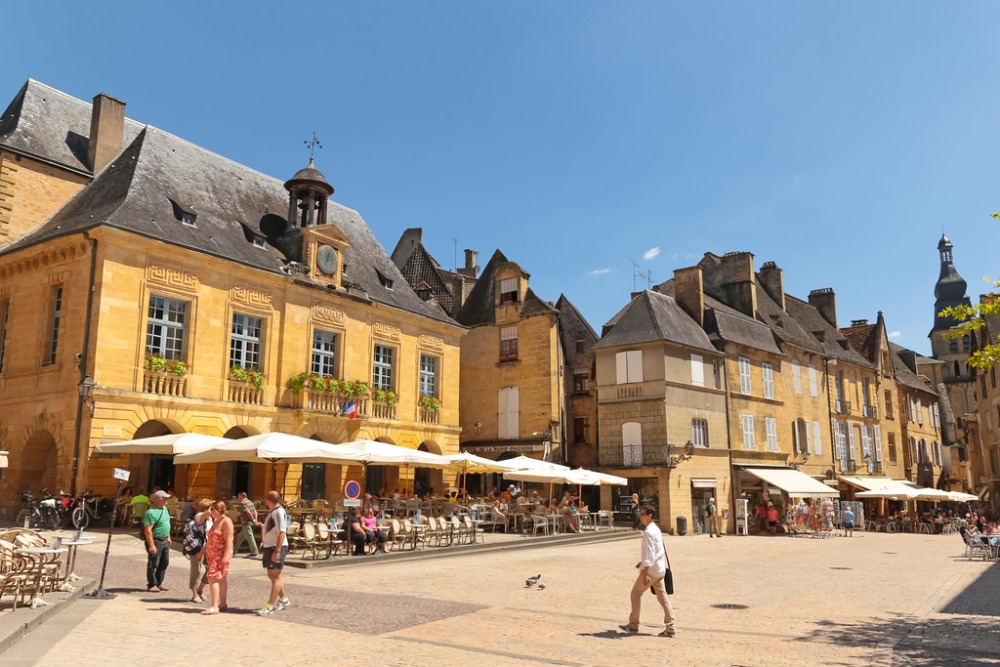
This perfectly preserved medieval town in the Dordogne showcases golden limestone architecture and narrow alleys that transport visitors directly into France’s medieval past. The Saturday market fills the town center with truffles, foie gras, walnuts, and other Périgord specialties while restaurants serve traditional dishes that celebrate the region’s gastronomic heritage.
Sarlat’s location provides easy access to prehistoric caves, riverside villages, and château ruins that dot the Dordogne countryside.
Collioure in Occitanie
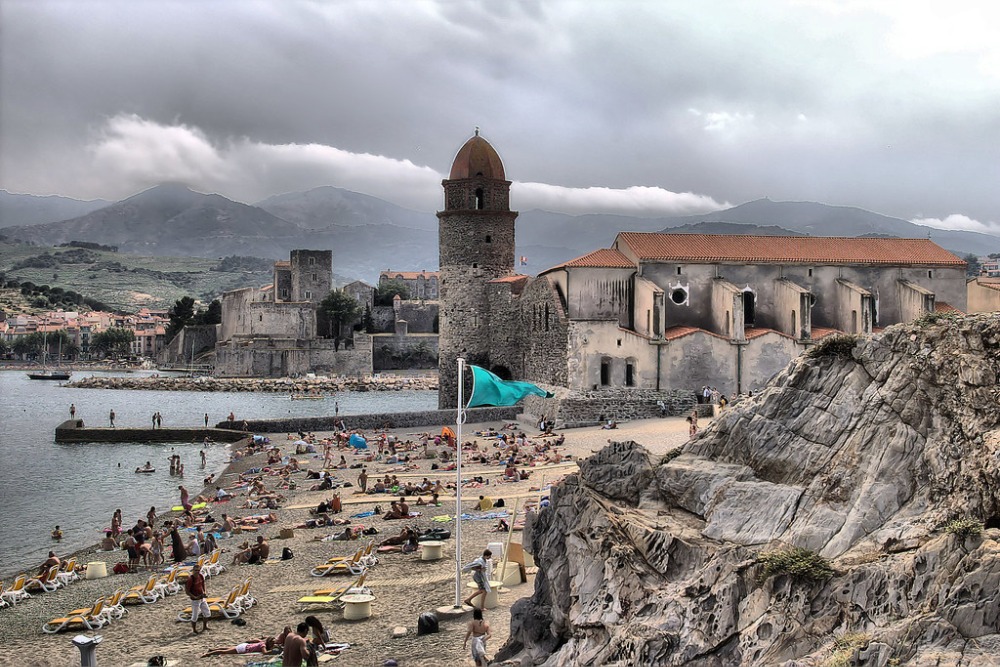
This Mediterranean gem on the Spanish border captivated artists like Matisse and Derain with its brilliant light, colorful houses, and dramatic coastal setting beneath the Pyrenees mountains. The town’s ancient windmill, royal château, and pebble beaches create perfect subjects for photography while waterfront restaurants serve fresh anchovies and local Banyuls wine.
Collioure’s artistic heritage continues in galleries and studios where contemporary artists work inspired by the same luminous Mediterranean light.
Like Travel Pug’s content? Follow us on MSN.
Lourmarin in Provence
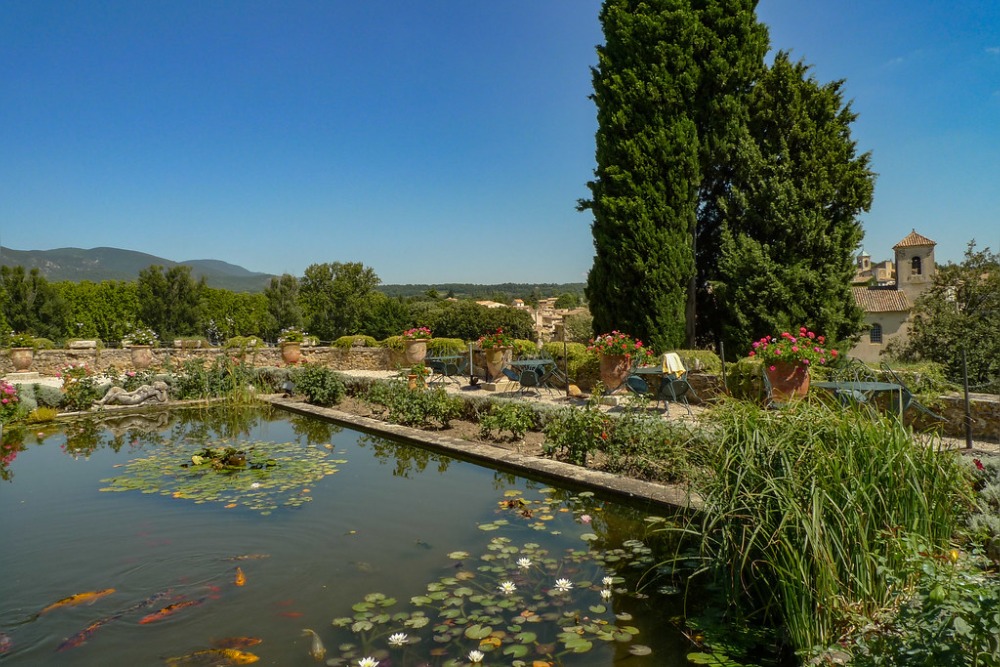
This sophisticated village in the Luberon attracts writers, artists, and discerning travelers with its Friday market, excellent restaurants, and beautiful Renaissance château surrounded by vineyards. The town’s literary connections include Albert Camus, who chose to be buried in the local cemetery, while modern visitors enjoy browsing antique shops and art galleries between café stops.
Lourmarin’s setting among vineyards and lavender fields provides stunning countryside views while maintaining an intimate village atmosphere.
Beynac-et-Cazenac in Nouvelle-Aquitaine
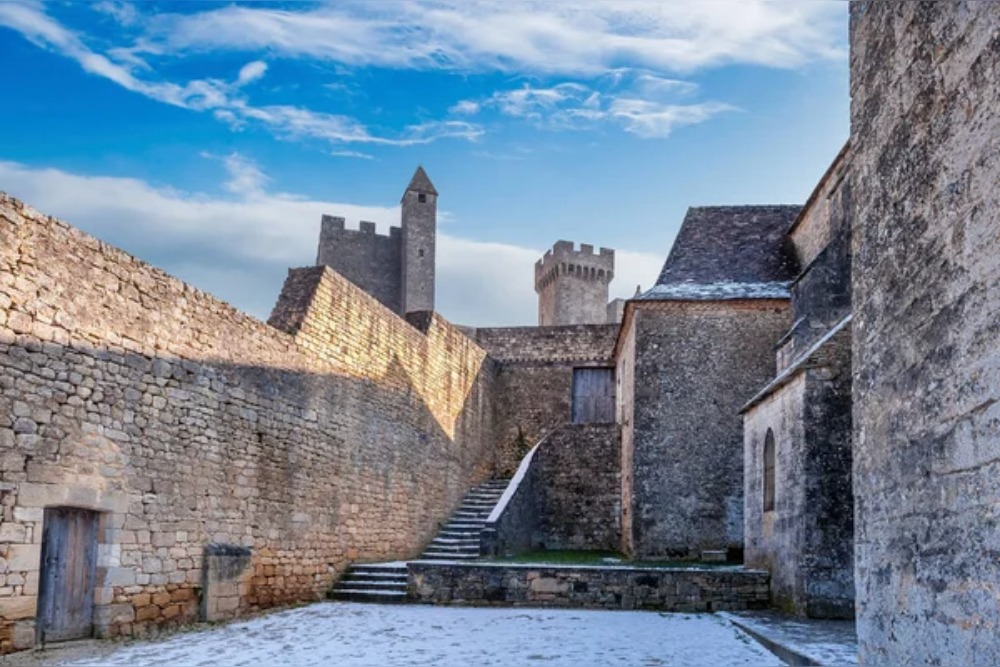
This cliffside village overlooks the Dordogne River from its dramatic perch beneath one of France’s best-preserved medieval castles, creating scenes that epitomize the romantic French countryside. Traditional gabarre boats offer river trips that reveal the valley’s beauty from water level, while the village’s narrow streets climb steeply toward castle ramparts with panoramic views.
Local restaurants serve Périgord specialties, including duck, truffles, and regional wines that pair perfectly with the medieval atmosphere.
Étretat in Normandy
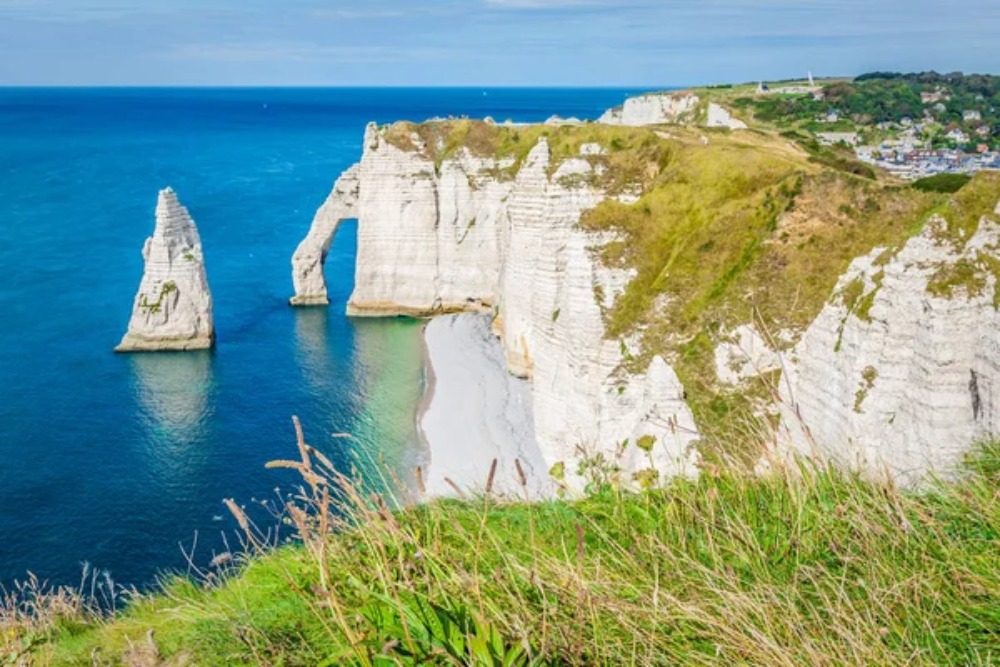
This coastal town became famous for its dramatic white chalk cliffs topped with natural arches that have inspired artists from Monet to countless contemporary photographers. The pebble beach nestles between towering cliffs, while cliff-top walks provide spectacular Channel views and access to the famous Needle rock formation.
Étretat’s Belle Époque heritage shows in elegant villas and the clifftop golf course, while seafood restaurants serve fresh catches with Norman cider and Calvados.
Where Medieval Dreams Meet Modern France
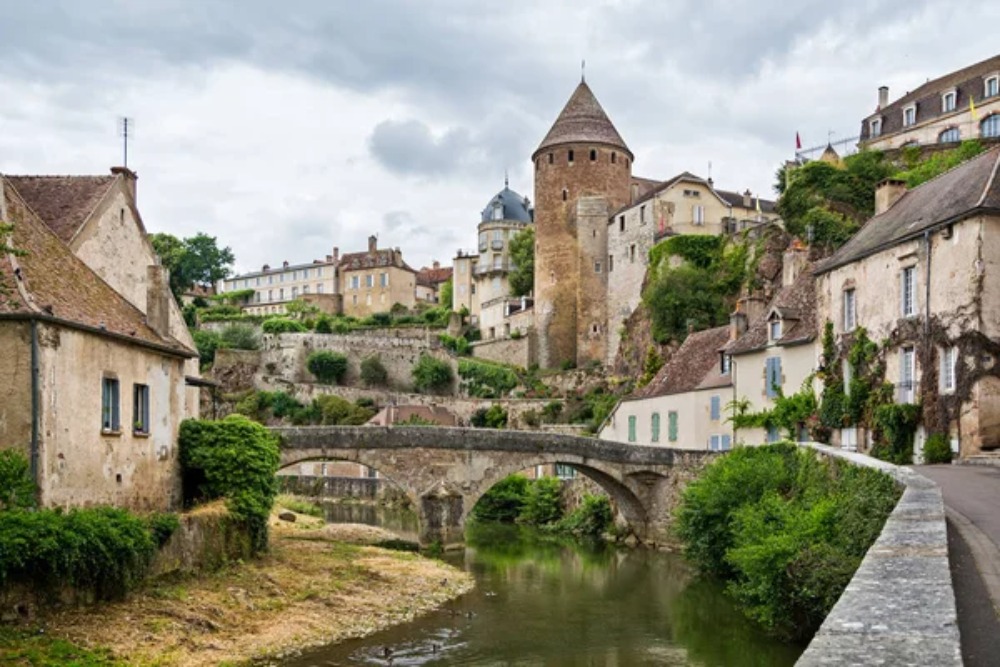
These beautiful small towns represent France’s remarkable ability to preserve its medieval and Renaissance heritage while adapting to contemporary life in ways that feel natural rather than forced. The same market squares that hosted medieval merchants now showcase organic farmers and artisanal producers, while ancient buildings house modern restaurants serving traditional recipes passed down through generations.
Today’s travelers follow paths carved by medieval pilgrims, Renaissance artists, and generations of French families who chose these special places to build their lives and preserve their traditions. These towns prove that France’s greatest treasures aren’t always found in famous cities—sometimes the most magical experiences wait in small communities where every cobblestone tells a story, and every meal becomes a celebration of place and tradition.
More from Travel Pug

- 20 Best Beach Towns in the Carolinas
- 13 Destinations Where Tourists Regularly Regret Their Trip
- 20 Things You Actually Get in First Class
- 20 Small Airports With Aviation Museums
- 20 Places in the U.S. That Are Perfect for a Reset Trip
Like Travel Pug’s content? Follow us on MSN.
